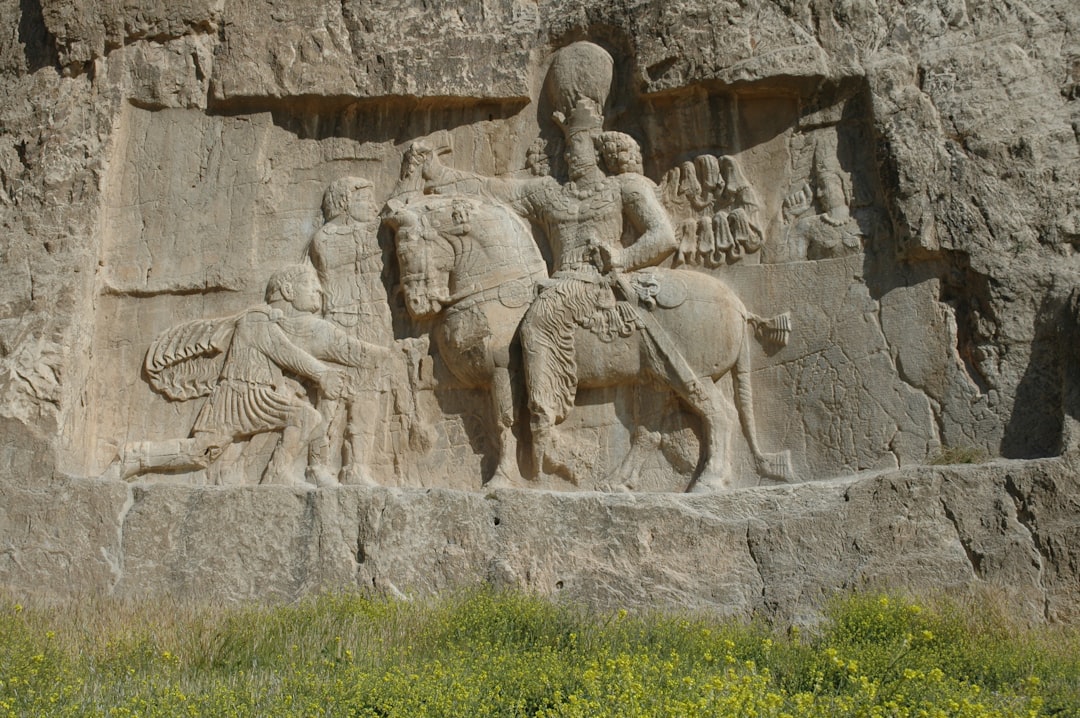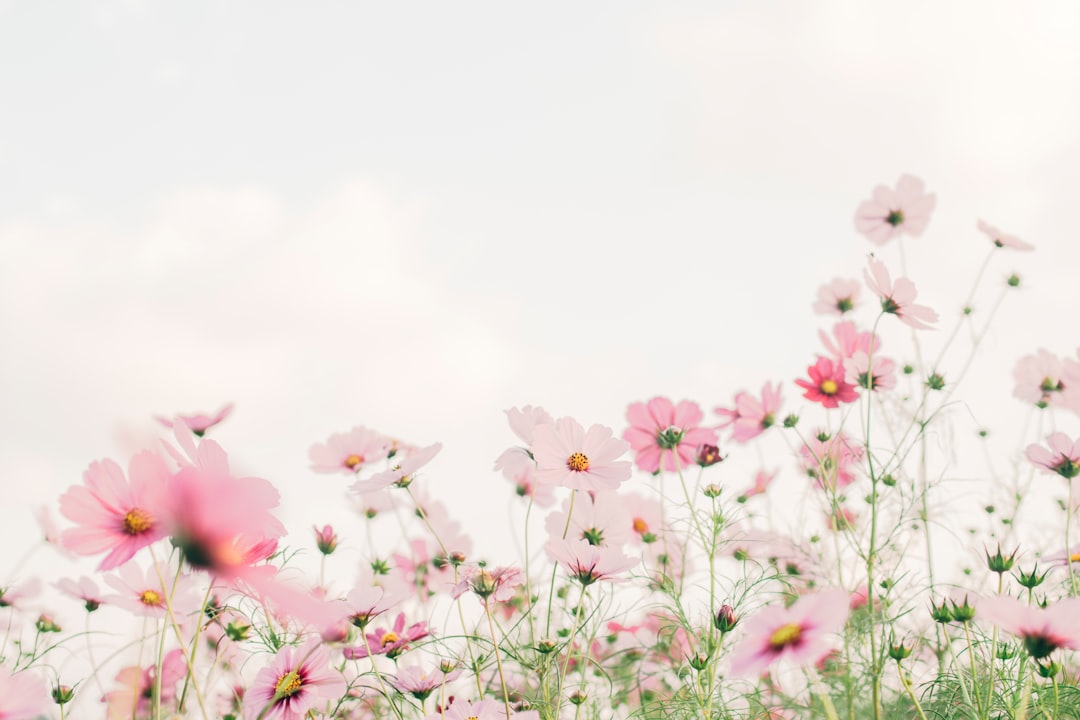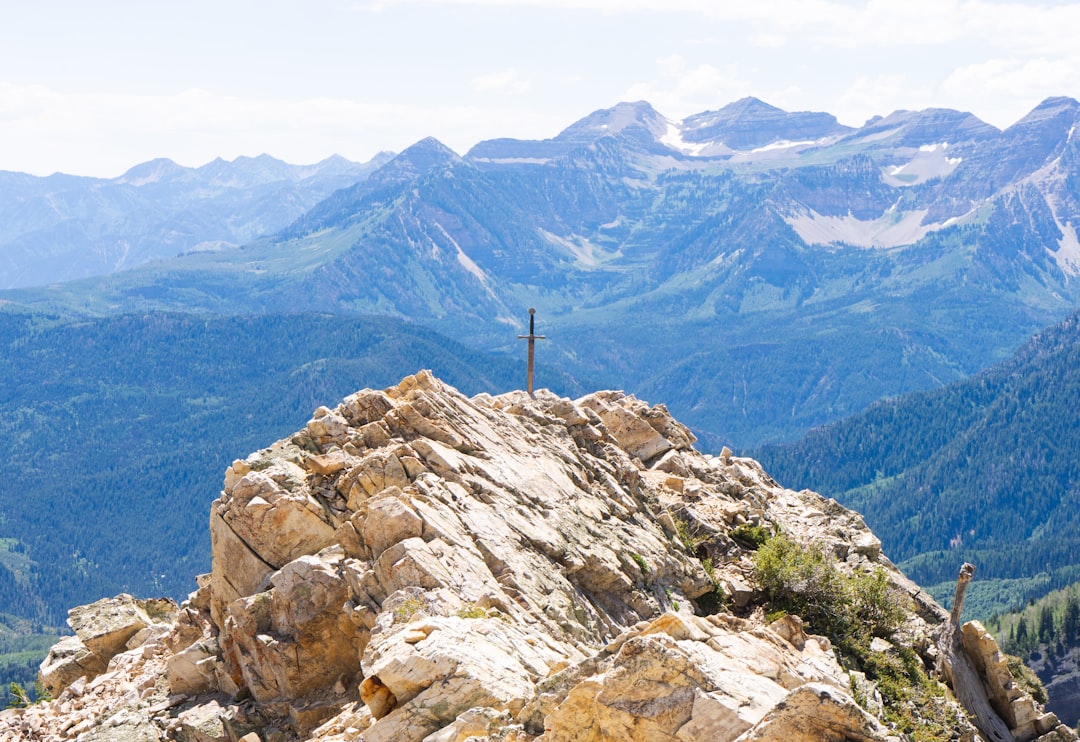Old Persian occasions were deeply rooted in Zoroastrianism and the agricultural cycles. Here is a list of some significant occasions, including Nowruz:
Major Occasions:
-
Nowruz (نوروز): Literally meaning "New Day," Nowruz is the Persian New Year and the most significant festival, celebrated at the spring equinox (around March 20th or 21st). It marks the beginning of spring and the renewal of nature. Its roots lie in Zoroastrianism and pre-Zoroastrian traditions, symbolizing the triumph of good over evil and light over darkness. Celebrations last for about two weeks and include:
- Khaneh Tekani (خانه تکانی): Spring cleaning of homes.
- Haft-Seen (هفت سین): Setting up a table with seven symbolic items starting with the Persian letter "Seen" (س), each representing different aspects of life such as rebirth, love, health, prosperity, etc. Examples include Sabzeh (sprouts), Senjed (oleaster), Seeb (apple), Sir (garlic), Samanu (sweet wheat pudding), Serkeh (vinegar), and Somaq (sumac). Other symbolic items like a mirror, candles, painted eggs, goldfish, and a holy book are also often included.
- Did o Bazdid (دید و بازدید): Visiting relatives and friends.
- Eidi (عیدی): Elders giving gifts (often money) to younger family members.
- Sizdah Bedar (سیزده بدر): Celebrated on the 13th day after Nowruz, people spend the day outdoors in nature, picnicking and engaging in various activities. It symbolizes the end of the Nowruz festivities and a return to daily life, while also carrying ancient beliefs related to warding off bad luck associated with the number thirteen. A tradition includes releasing Sabzeh into flowing water.
-
Chaharshanbe Suri (چهارشنبه سوری): Celebrated on the eve of the last Wednesday before Nowruz. It is a fire festival where people jump over bonfires, symbolizing purification and getting rid of the misfortunes of the past year while welcoming the new year with warmth and light. They chant "Sorkhi-ye to az man, zardi-ye man az to" (Your redness is mine, my paleness is yours), signifying an exchange of vitality and health.
-
Yalda Night (شب یلدا) or Shab-e Chelleh (شب چله): Celebrated on the winter solstice, the longest night of the year (around December 20th or 21st). It marks the "rebirth of the sun" and the victory of light over darkness. Families gather, stay up late, eat special foods like watermelon and pomegranates (symbolizing fertility and the sun), nuts, and read poetry, especially from the Divan-e Hafez (a famous Persian poet). Storytelling and enjoying the company of loved ones are central to this celebration.
-
Mehregan (مهرگان): A festival dedicated to Mithra, the Zoroastrian angel of friendship, covenant, and light. It was celebrated around the autumnal equinox (around October 2nd). It was a day of thanksgiving, emphasizing love, friendship, and strengthening social bonds. People would wear new clothes, exchange gifts, and celebrate with feasts.
-
Tirgan (تیرگان): A rain festival celebrated in July, associated with Tishtrya, the Zoroastrian yazata (angel) of rain and the star Sirius. It often involves water-related rituals, such as splashing water on each other, and traditional archery. It commemorates a legendary archery contest that determined the boundaries between Persia and Turan.
-
Sadeh (سده): A mid-winter festival, celebrated fifty days (and nights) before Nowruz. It is a festival of fire, symbolizing the defeat of darkness and cold, and welcoming the coming of spring. Large bonfires are lit, and communities come together to celebrate, often with music and dancing. Legend attributes its origin to the discovery of fire.
-
Sepandarmazgan (سپندارمذگان) or Esfandegan (اسفندگان): An ancient Persian festival of love and the earth, dedicated to Sepandarmaz (Spenta Armaiti), the Zoroastrian Amesha Spenta (divine emanation) representing devotion, serenity, and the Earth. It was traditionally celebrated on the fifth day of the month of Esfand (February/March). It is sometimes referred to as the Persian Valentine's Day, where men would give gifts to women and honor them.
Zoroastrian Seasonal Festivals (Gahanbars):
These were six seasonal festivals in Zoroastrianism, marking different stages of creation and agricultural cycles:
- Maidyozarem (میدیوزرم): Mid-spring festival.
- Maidyoshahem (میدیوشهم): Mid-summer festival.
- Paitishahem (پئیتیشهم): Feast of bringing in the harvest (autumn).
- Ayathrem (ایثرم): Feast of bringing home the herds (early winter).
- Maidyarem (میدیارم): Mid-winter festival.
- Hamaspathmaidyem (همسپتمئیدیم): Feast of All Souls, celebrated at the end of winter, just before Nowruz.
Monthly Festivals (Name-Day Celebrations):
In the Zoroastrian calendar, both days and months are named after divinities. When the name of the day coincided with the name of the month, it was a special festival day dedicated to that divinity. Examples include:
- Farvardinagan: Celebrated on Farvardin roj of Farvardin mah, dedicated to the Fravashis (guardian spirits).
- Ardibeheshtgan: Celebrated on Ardibehesht roj of Ardibehesht mah, dedicated to Asha Vahishta (Best Righteousness, associated with fire).
- Khordadgan: Celebrated on Khordad roj of Khordad mah, dedicated to Haurvatat (Wholeness, Perfection, associated with water).
- Tirgan: (as mentioned above, but also as Tir roj of Tir mah).
- Amardadgan: Celebrated on Amardad roj of Amardad mah, dedicated to Ameretat (Immortality, associated with plants).
- Shahrivargan: Celebrated on Shahrivar roj of Shahrivar mah, dedicated to Khshathra Vairya (Desirable Dominion, associated with metals and sky).
- Mihragan: (as mentioned above, but also as Mihr roj of Mihr mah).
- Abanegan: Celebrated on Aban roj of Aban mah, dedicated to Anahita (goddess of the waters).
- Azargan: Celebrated on Azar roj of Azar mah, dedicated to Atar (fire).
- Deygan: Celebrated on the Dae roj of Dae mah (Ahura Mazda has four name-day dedications in this month: Dae-pa-Adar, Dae-pa-Meher, Dae-pa-Din, and the first day of the month itself).
- Bahmanjan: Celebrated on Bahman roj of Bahman mah, dedicated to Vohu Manah (Good Purpose, associated with animals).
- Esfandegan: (as mentioned above, but also as Spendarmad roj of Esfand mah).
These occasions provided a rich tapestry of cultural and religious life in old Persia, reflecting their deep connection to nature, the cosmos, and their spiritual beliefs. While some of these festivals are less widely celebrated today, Nowruz, Yalda, Chaharshanbe Suri, and Mehregan continue to hold significant cultural importance in Iran and among Persian-speaking communities worldwide.





